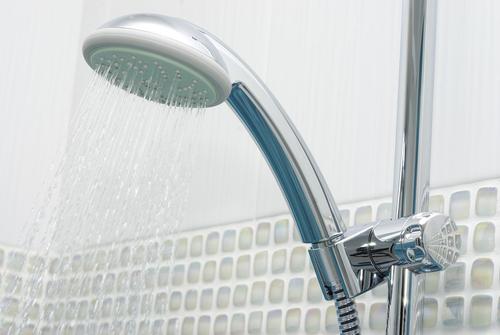
What You Need To Know About Tankless Water Heaters
There’s no better way to ruin a morning than a hot relaxing shower quickly turning in to a cold one. It’s probably time for a new hot water heater.
Fortunately, when investing in a new system, you’re not limited to buying a model identical to the one you currently own. In fact, you might consider upgrading to a unit with a larger capacity, or opting for a more energy-efficient tankless unit so you can shrink your monthly bills (water heating can account for up to 30 percent of the average household’s energy costs).
Here’s how to decide whether making the switch makes sense for your household and, if so, how to shop for such an important upgrade.
Is a tankless water heater for you?
Unlike conventional water heaters, which hold 40 to 60 gallons of hot water ready for use at any minute, tankless water heaters (also known as “on demand” water heaters) produce hot water only when it’s needed.
Without the draining task of constantly heating a large supply of water, these units use less energy overall, and run anywhere from 24 to 34 percent more efficiently than a traditional tank-style water heater, according to the U.S. Department of Energy.
And less energy wasted means smaller monthly bills. The U.S. Energy Star program estimates that converting to an Energy Star-certified, gas-fueled tankless water heater can save the typical family more than $80 per year. Multiply these savings by the 20-year lifespan of the water heater, and that’s $1,700 pocketed.
Plus, because tankless water heaters also are considered environmentally friendly, many models are eligible for a federal tax rebate of $300. (Be sure to check with the manufacturer for more details about eligibility.)
While the savings can benefit anyone and everyone, the unit’s slim design — sans a bulky 60-inch tall, 24-inch wide tank — makes it a particularly attractive solution for homes without a basement or space to spare in the laundry room.
Most tankless models take up significantly less space than standard models, so they’re perfect for installation in crawl spaces, along walls, or even outdoors (with the addition of an anti-freeze kit). The smallest units can even fit underneath cabinets or in a closet closer to the main point of use.
Possible drawbacks
Although the benefits of a long-lasting, energy-efficient tankless water heater are attractive, the higher upfront cost can deter many homeowners from converting. Tankless water heaters typically range in price from $600 to $2,000, before installation costs. That’s as much as triple the price of a standard water heater, which ranges from $300 to $1,000.
The flow rate — measured in gallons per minute (GPM) — of a tankless unit is also a concern. Because the water is “on demand” and the water output is split between all of your household fixtures, a tankless unit may not produce enough hot water to run everything at once.
Before purchasing any water heater, figure out your maximum hot water demand. An average shower requires about 2.5 GPM, while appliances like your dishwasher and washing machine place varying additional demands on hot water production.
Crunch the numbers for the processes that regularly occur at the same time, be it multiple showers running or several appliances using hot water simultaneously, and be sure to select a water heater specified to deliver this many or more gallons per minute.
Shopping strategies
As with most water heaters, tankless models come in many different sizes, styles, and fuel options. Each type of model has different installation requirements, so it’s best left to a qualified plumber or HVAC technician to handle.
Since the ultimate purchasing decision is in the homeowners’ hands, it’s wise to go to the store with some understanding of your household’s needs, such as the appropriate flow rate for the building’s maximum hot water demand, and measurements for the proposed location to compare against the heater sizes available.
Generally, you can replace an existing conventional water heater with a similarly powered tankless unit, although there are a few factors to keep in mind depending on the power source.
For electric systems, consider the voltage and amperage requirements of a tankless heater.
For gas systems, there must be proper ventilation wherever you choose to install the unit.
Tankless water heaters also have different controls to meet a range of needs, from simple knobs for temperature adjustments to remote controls that tinker with temperature and flow adjustments.

No Comments